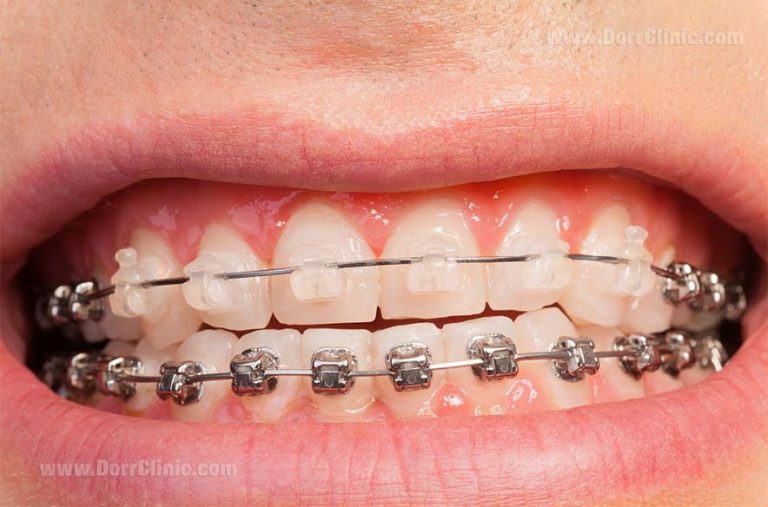+919790726189

This is your website preview.
Currently it only shows your basic business info. Start adding relevant business details such as description, images and products or services to gain your customers attention by using Boost 360 android app / iOS App / web portal.
INVISIBLE ALIGNERS AT WEST MAMBALAM, ASHOK NAGA...

INVISIBLE ALIGNERS AT WEST MAMBALAM, ASHOK NAGAR CHENNAI The Science Behind Teeth Movement: Traditional Braces vs. Aligners Orthodontic treatment, whether through traditional braces or clear aligners, relies on the biological process of teeth movement, known as bone remodeling. This process involves applying controlled pressure to teeth, stimulating the periodontal ligament (PDL) and surrounding bone, which triggers cellular activities that allow teeth to shift into their desired positions over time. While both traditional braces and aligners achieve the same goal of realigning teeth, their mechanisms and efficiency can vary significantly. The Mechanism of Teeth Movement Teeth are anchored to the jawbone via the PDL, a fibrous connective tissue that acts as a cushion and helps resist forces placed on the teeth. When orthodontic appliances apply pressure on a tooth, the PDL compresses on one side, leading to bone resorption, while the opposite side undergoes bone deposition or formation. This process creates space for the tooth to move. Bone Resorption: The compression of the PDL causes osteoclasts (bone-resorbing cells) to break down the bone on the pressure side of the tooth. Bone Deposition: On the tension side, osteoblasts (bone-building cells) lay down new bone to support the shifting tooth. PDL Remodeling: As teeth move, the PDL undergoes constant remodeling, allowing for gradual, sustained shifts over time. Traditional Braces: The Force of Constant Pressure Traditional braces consist of brackets that are attached to the teeth and connected with wires. These wires exert continuous pressure, guided by the orthodontist's adjustments. Constant Force Application: Traditional braces provide continuous, low-grade force to the teeth. As the wire tries to return to its original shape, it pushes against the teeth, moving them in small increments. Complex Movements: Braces are highly effective in addressing more complex cases, such as severe crowding or rotation of teeth. The combination of brackets, bands, and elastics can provide multidirectional forces necessary for such movements. Customization: Braces are adjusted periodically by the orthodontist, who tightens the wire or uses different types of wire as treatment progresses. This allows for precise control over the direction and speed of movement. Research suggests that traditional braces can be more effective in complex malocclusions due to their versatility and the continuous application of pressure . However, they are less discreet and can cause discomfort from friction between the wire and brackets. Aligners: The Power of Intermittent Force Clear aligners, such as Invisalign, are custom-made, removable trays that gradually shift teeth. Each set of aligners is worn for about 1-2 weeks, applying pressure to specific areas of the teeth. As the teeth move into the desired position, new aligners continue the progression. Intermittent Force: Aligners exert force only when worn, typically for 20-22 hours a day. The pressure is gentler compared to braces, but aligners must be worn consistently to be effective. Controlled Movements: Aligners are designed to move only a few teeth at a time in a planned sequence. They excel in treating mild to moderate cases of misalignment and are less effective for complex movements. Comfort and Aesthetics: Aligners are more comfortable as they lack brackets and wires, which can irritate the gums. Their transparency makes them a popular choice for adults and teenagers seeking a more discreet treatment option . Comparative Effectiveness Research has shown that both traditional braces and aligners are effective at moving teeth. However, studies indicate that traditional braces tend to be faster in treating complex malocclusions due to their constant force application . Aligners, while equally effective for mild cases, may take longer and may require patient discipline in wearing them consistently. Conclusion The mechanism behind teeth movement, whether using traditional braces or clear aligners, involves stimulating the PDL and bone remodeling. Traditional braces offer constant force and versatility, making them ideal for complex cases, while aligners provide a more comfortable, aesthetic solution for mild to moderate misalignments. Both options ultimately depend on the specific needs of the patient, and a consultation with an orthodontist can help determine the best treatment. Dental Clinics in West Mambalam Dentists in West Mambalam Dentists in Ashok Nagar Best dentist near me Best Dental Clinics in West Mambalam Oral surgeon in West Mambalam Dental Implants in West Mambalam Oral surgeon in Ashok Nagar Braces specialist in West Mambalam Orthodontist in Ashok Nagar Orthodontist in West Mambalam

